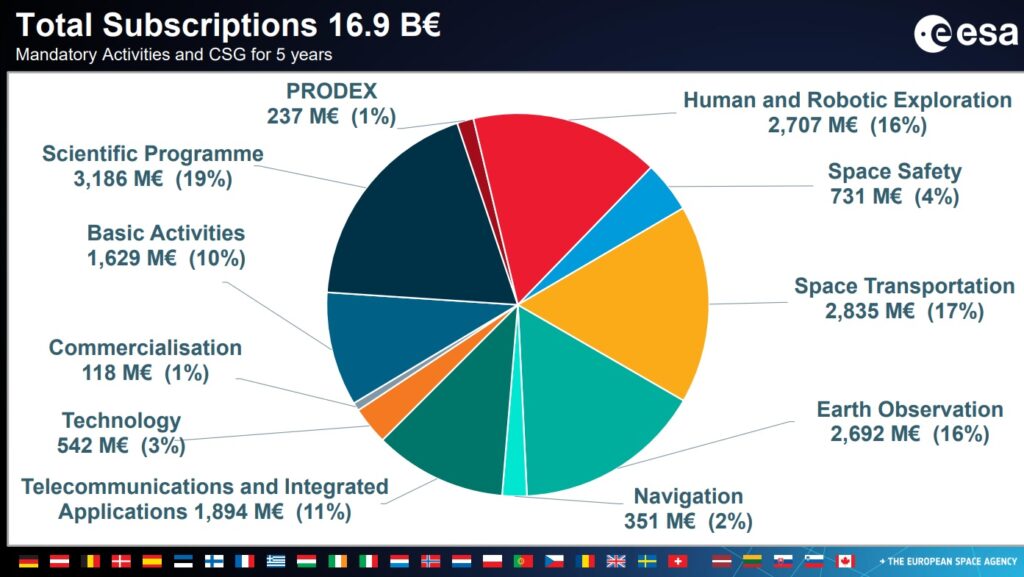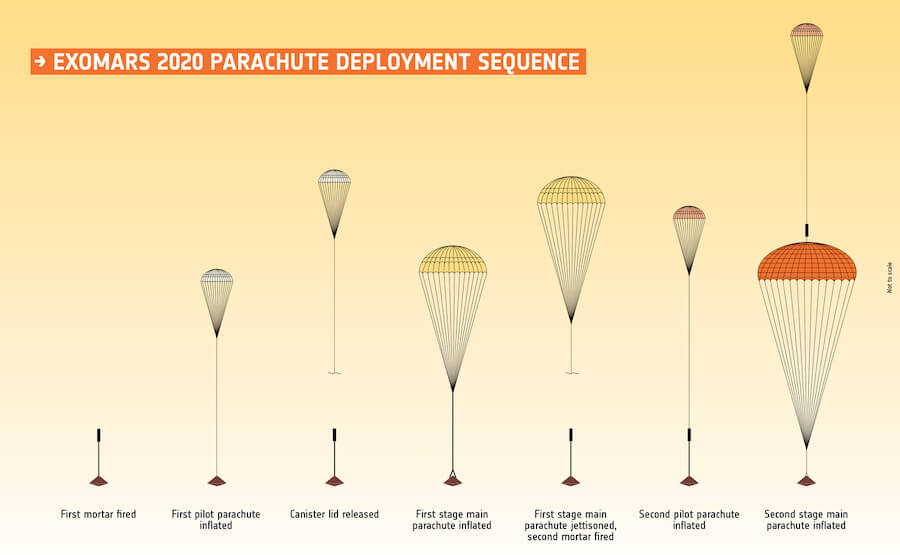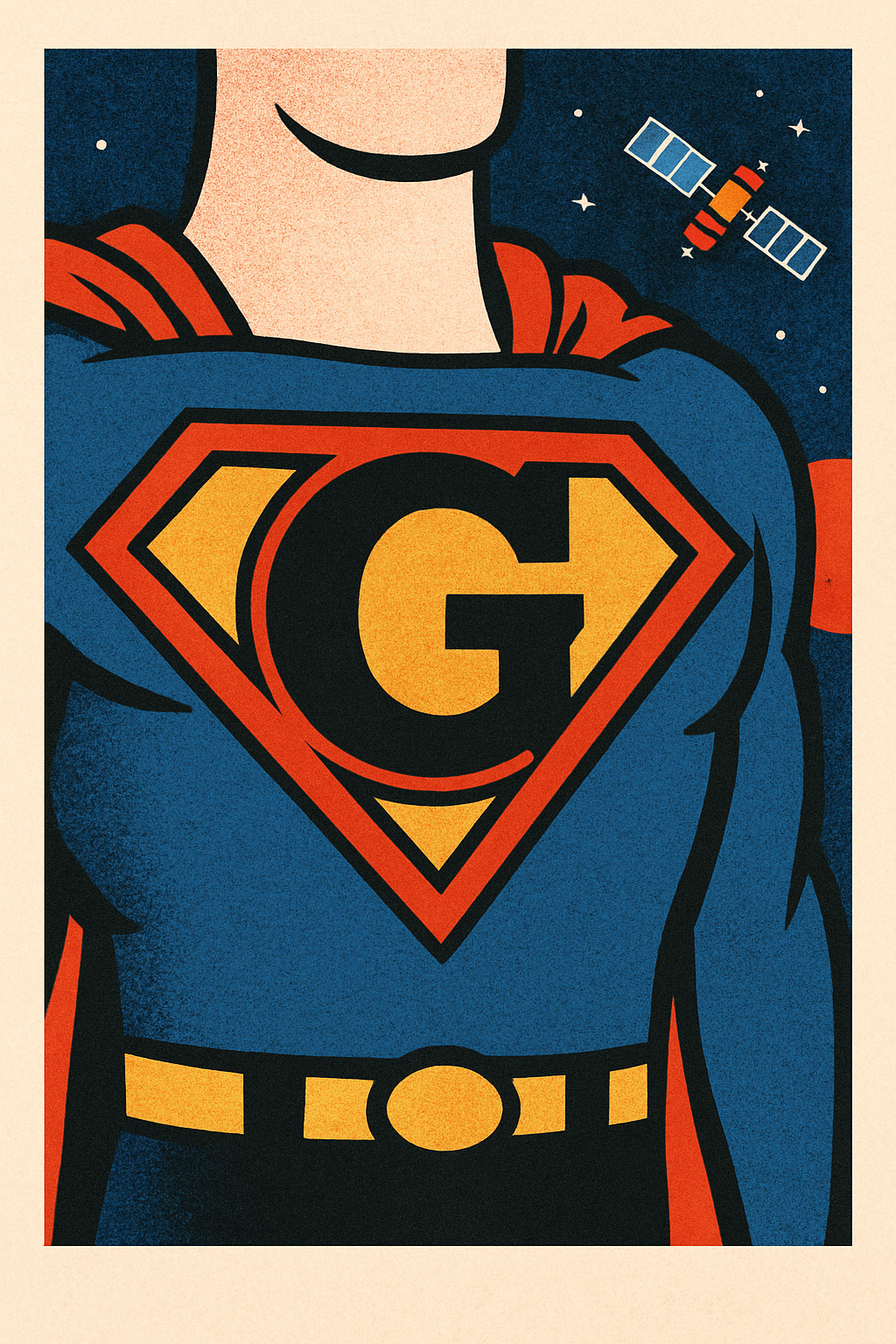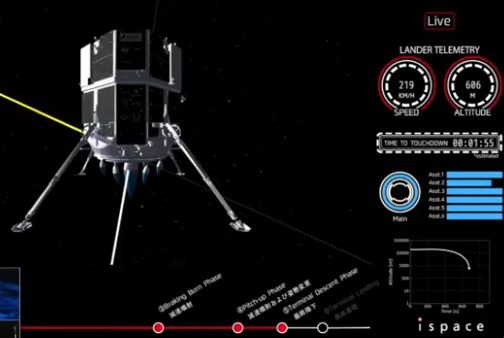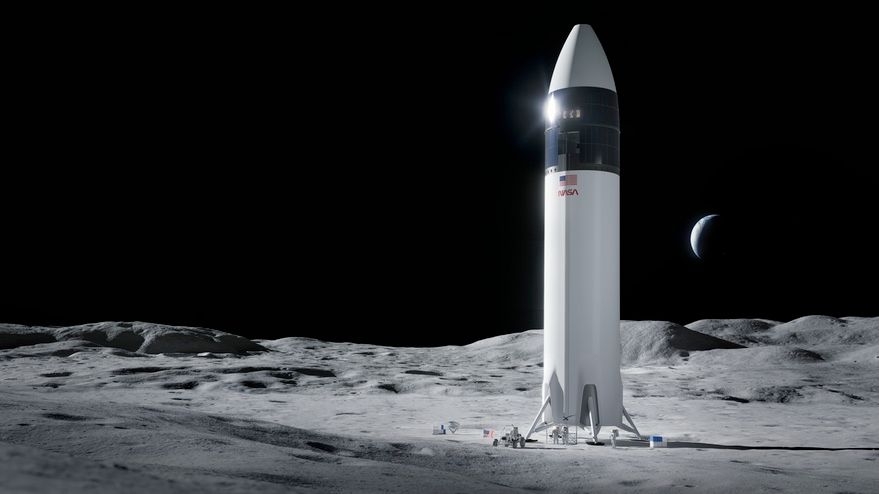Despite a feeling that Europe has been “left behind” in the race between China and the US – especially by firms such as SpaceX – it was nonetheless surprising in these difficult economic times that European nations managed to raise ESA’s budget by 17 per cent, compared with 2019. The figure agreed at the ESA Ministerial meeting in November for 2023-2027 is €16.9 billion, of which €3.2 billion will be spent on ESA’s science programme. About €2.85 billion is allocated to transportation including an extra €600 million to help with the transition to the delayed Ariane 6 programme. Ongoing negotiations are aimed at expanding the total transportation amount to above €3 billion.
Josef Aschbacher, ESA Director General, said: “When faced with economic hardship, it is important to invest wisely in industries that create jobs and prosperity in Europe. Through this investment, we are building a Europe whose space agenda mirrors its political and future economic strength. We are boosting space in Europe, kicking off a new era of ambition, determination, strength and pride. Climate and sustainability will remain ESA’s highest priority, our science and exploration will inspire the next generation, and we shall build a place where European space entrepreneurs thrive.”
As an example, the UK, which is not part of the European Union but is part of ESA, raised its contribution for the five-year period from €1.65 billion to €1.89 billion, albeit that its overall share of the budget fell slightly from 11.4 per cent to 11.2 per cent. The UK took a special interest in ESA’s Earth Observation programme, increasing its share of the budget for that by 45 per cent. It also has leadership in the space weather alert mission Vigil, which will operate from the Earth-Sun L5 Lagrangian position.
The UK strongly supports ESA participation in the NASA-led human lunar exploration programme including the Argonaut (European Large Logistics Lander), Gateway space station and commercial lunar communications systems.
The big players in terms of their contribution to the ESA budget remain Germany at 20.8 per cent, France at 18.9 per cent and Italy at 18.2 per cent, respectively.
ESA showed off the latest batch of astronaut candidates during the meeting, including the first partially disabled one, John McFall, from the UK, who is titled Parastronaut Feasibility Study Member. He is a para-Olympian amputee, with a lower leg missing.
There was one other piece of good news for the UK’s space effort. The war waged by Russia in Ukraine, which has caused so much human, physical and economic destruction, has caused Russia to be formally labelled a “terrorist state” by the European parliament. More tangibly, all space cooperation between Europe and Russia is now off. This meant that the ExoMars rover, mainly built in the UK and due to be launched on a Proton vehicle this year, looked set to be mothballed in perpetuity.
However, an extra €360 million has been found from ESA’s budget for the design of a landing stage, which Russia’s Roscosmos agency/conglomerate was originally due to build. A US launch vehicle will be used to fly the rover. The ExoMars rover was originally going to fly in 2018, then 2020 and finally 2022, but a series of technological, pandemic and then war-related delays now means that its launch will not take place until 2028.
Post Script: On a lighter note, we are jolly glad that the late great Peter Cook wasn’t able to block ESA’s leg-amputee astronaut as in his comedy interview sketch: “The leg division, Mr. Spiggott. You are deficient in it to the tune of one. Your right leg, I like. A lovely leg for the role. I’ve got nothing against your right leg. The trouble is – neither have you.” This writer should note here that his late granddad, Ted Surridge, was London’s first ever one-legged black cab taxi driver after he lost his from bullet-induced gangrene while fighting Rommel near Tobruk during World War II. So good for John McFall who is similarly not letting his disability hold him back from the stars which, by the way, Ted navigated while in the Libyan Western Desert. When Ted died, his false leg lived on. It was reportedly sent to the needy in Eastern Europe.

